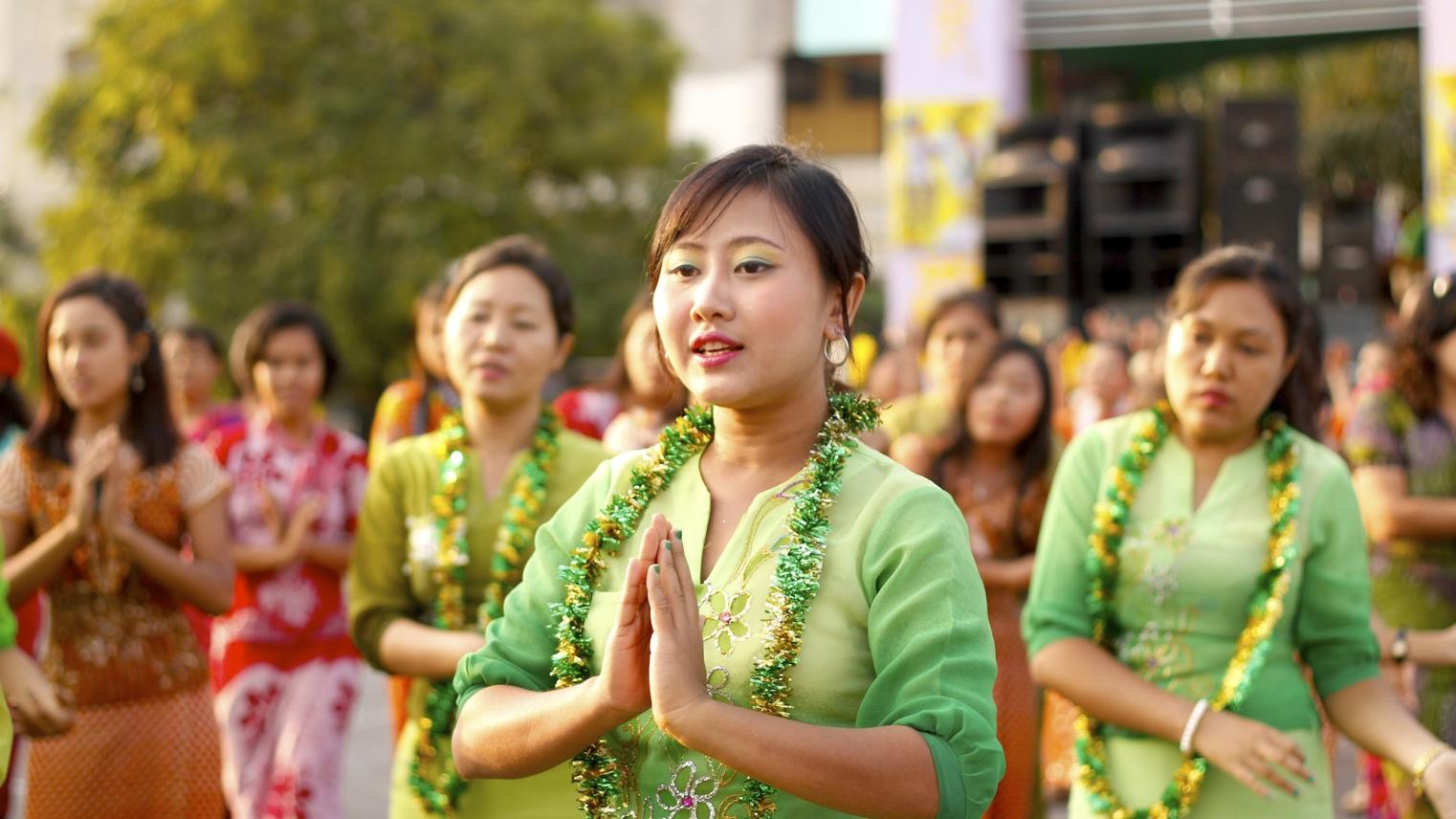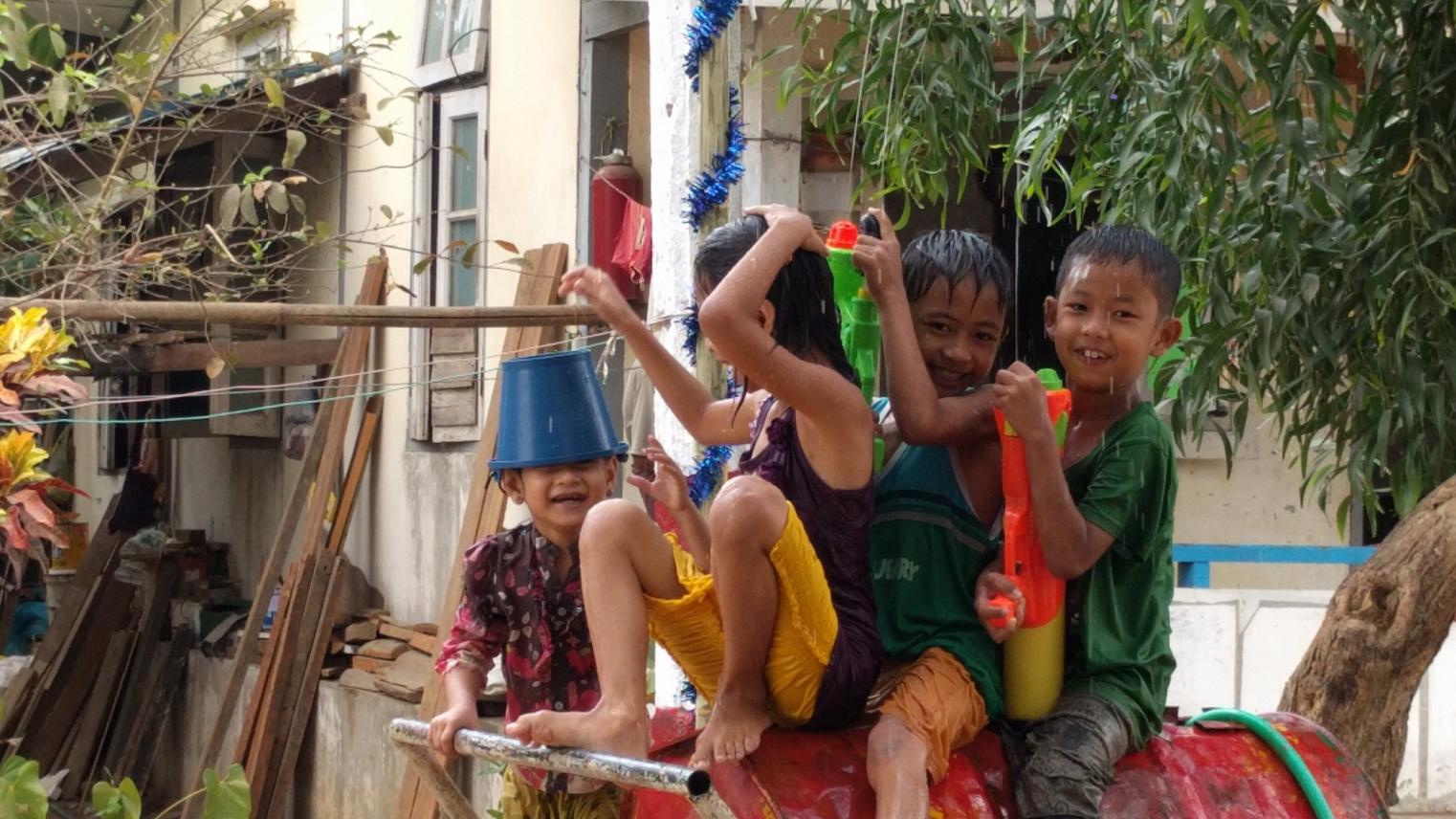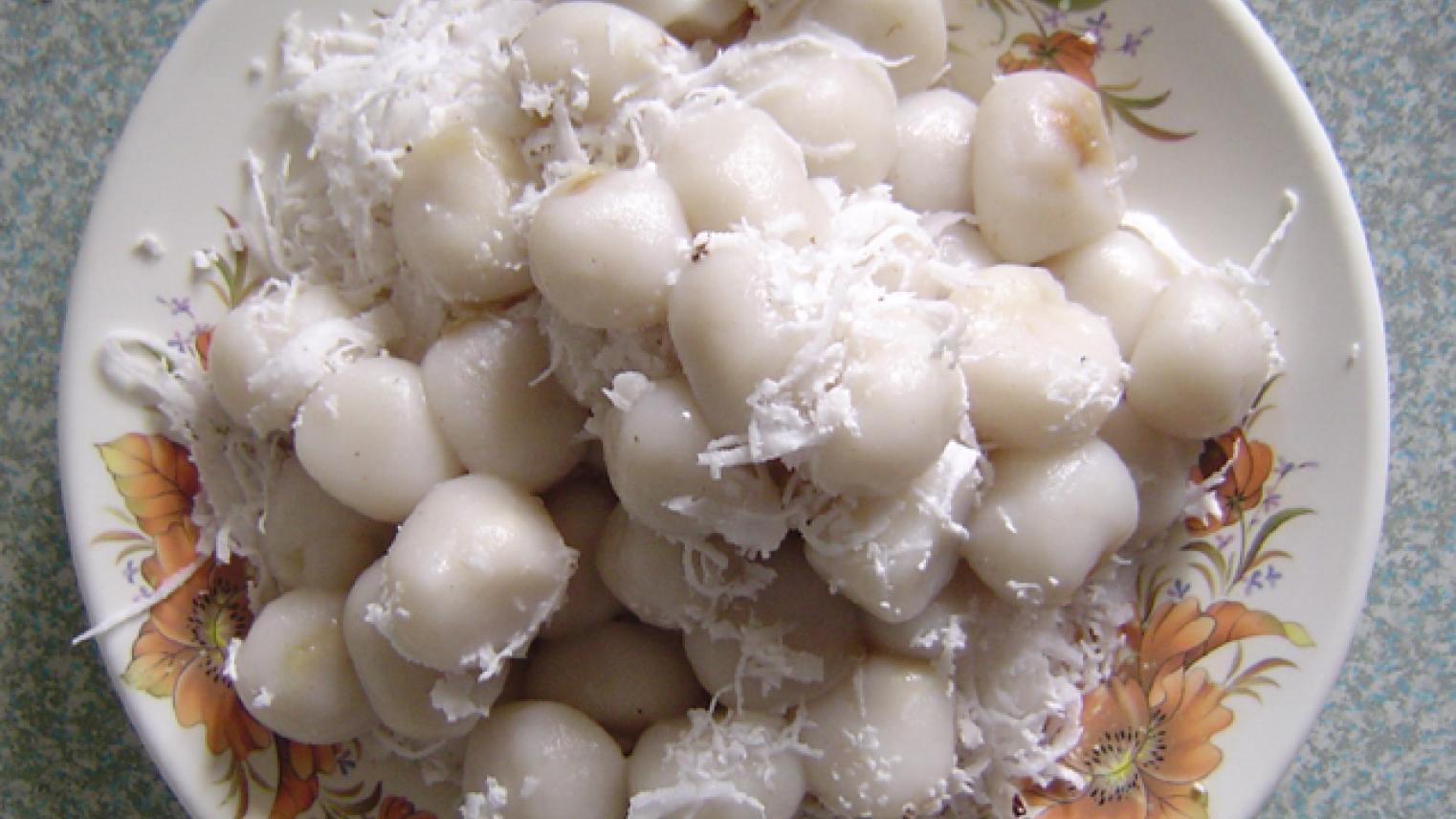A Splash of Culture and Tradition: ‘Thingyan’ or the Myanmar New Year Water Festival

By Dr Yuri Takahashi and Gouri Banerji
What Christmas is in western countries and Lunar New Year is to China, ‘Thingyan’ is to Myanmar and Myanmar communities worldwide. A vibrant, joyous, social, and culturally symbolic occasion, the Myanmar New Year represents new beginnings, hope, community spirit and prosperity. Dr. Yuri Takahashi, Convener of the Burmese Program at CHL, recently shared the story behind this tradition.
The Tale of Thingyan
‘Thingyan’ (or ‘Dhagyan’) originates from Sanskrit samkrānti, which means the ‘period of transition’ from the old year to the new, usually falling in mid-April or the mid-summer in the region. This is also celebrated among other Theravada Buddhist countries such as Cambodia, Laos, Sri Lanka and Thailand, as well as observed by Buddhists in some parts in Bangladesh, China, and India.
‘Thingyan’ is rooted in an old Hindu belief, but its practice has been developed under the protection of Buddhist kingship in Myanmar for nearly 1,000 years. In this context, the King of Devas, Indra (Śakra, Dhagya Min in Burmese), was regarded as a guardian of Buddhism. Myanmar kings also placed importance on fortune tellers who had knowledge of the Vedas at palace, which greatly influenced Myanmar astrology as we know it today. Nowadays, Myanmar people believe that Dhagya Min descends to Earth every year during Thingyan to check on human misdemeanours of the year. This story supposedly originated from a royal fortune teller who once served a Myanmar king.
‘Thingyan’ relates to the worship of Lord Indra over a period of five days:
- Day 1: Advent of ‘Thingyan (a-kyo-nei in Burmese): This marks the start of religious rituals
- Day 2: Indra Descends (a-kya nei): This is considered to be the day that Lord Indra makes his journey to Earth, and this is symbolised by water-throwing traditions.
- Day 3: Indra’s stay on Earth (a-kyat nei): This is the middle day of Lord’s visit to this world.
- Day 4: Indra Ascends (a-tet nei): This is the last day of the Lord’s visit, and he returns to his celestial world. The water throwing stops on this day too.
- Day 5: New Year’s Day (hnit hsan ta yet nei): This is the day for people to make resolutions for a new year, and people often invite monks to read sutras for expelling evil spirits from their homes.

Water, water everywhere…
The Myanmar New Year celebration is widely known as ‘Water Festival’ because people play with or pour water, symbolising the cleansing of sins and ill fortune. Myanmar’s water festival is especially well-known because of its lively water-associated activities. Young people have energetic and playful water fights on the street, spraying water from hoses, water guns or buckets and playing Myanmar rock music and dancing. In contrast, an alternative, graceful take on the tradition is the custom of water splashing from a silver bowl with a branch of seasonal yellow flowers called Badauk. Water Festival Parades featuring brightly coloured and decorated floats and singers and dancers parading through the streets are also often presented.


During ‘Thingyan’ the people of Myanmar engage in various traditions and virtuous deeds. These include making donations to monasteries and social welfare institutions, showing respect to elders, and ordaining their sons as novices or monks and daughters as nuns, often offering free food through various Thingyan-related events. A special delicacy prepared and served during ‘Thingyan’ is Moun-loun-ye-baw, or small glutinous rice dumplings with jaggery (palm sugar), although some may contain chillies as a practical joke for some fun! Ouch – water, anyone? This year (2024) the Thingyan begins on 13th of April and celebrate the New Year’s Day on 17th of April.

The tides of Thingyan…
Like so many vivid cultural experiences, the Myanmar Water Festival makes for a dive of a lifetime, and the Canberra and ANU community was privileged this year. The Myanmar Thingyan paid a visit here, providing everyone with a special and rare opportunity to experience Southeast Asian tradition, right here on campus.
The ANU School of Culture, History & Language (CHL) was proud to host the ANU New Year Water Festival from 17 to 19 April to promote Southeast Asian (mainland) studies, in celebration of the Myanmar Water Festival for the first time.
The festival was spread across three days from 17 to 19 April, and featured:
- Mediating Monasticism: Faith and Devotion in Contemporary Thailand (17 April)
- Book Party: Silver Screens and Golden Dreams (18 April)
Hosted by the ANU Myanmar Research Centre
- ANU Water Festival: Grand Finale (19 April)
At the grand finale of this festival, the ANU CHL Burmese Program and ANU Myanmar Students Association presented a variety of dancing; karaoke and live music; a taste of Myanmar cuisine; video New Year messages in Burmese by students of the Burmese course; and of course some water splashing as is the custom! Students, academics, staff and families got together in festive fervour to have a splash of a lifetime!
Here's a glimpse into all the song, music, dance and cultural immersion on the day!